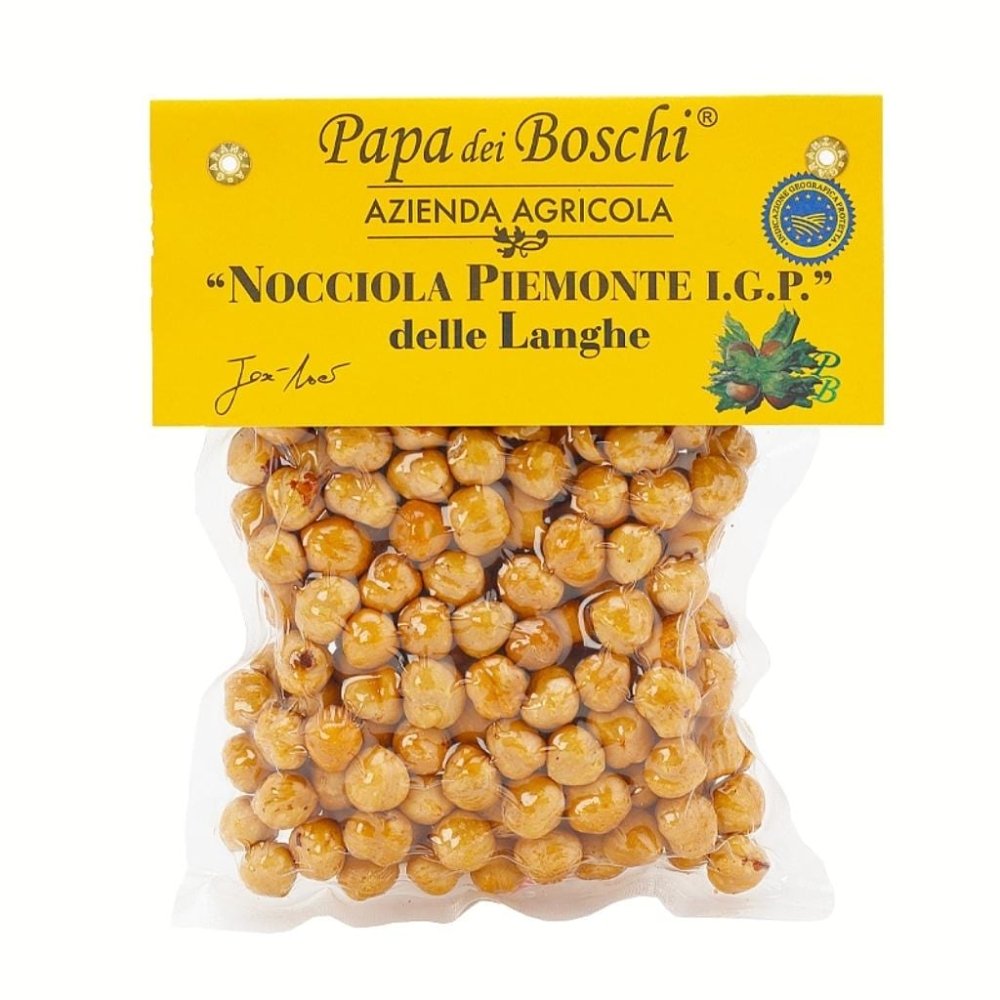
Aïl, aïl, aïl – all garlic (3 recipes for Lautrec pink garlic)
Anais CausseThe pink garlic from Lautrec is particularly aromatic, but not pungent. It is sweet and spicy at the same time and its aroma develops in a subtle way without overpowering the other ingredients of the dish.
It is also known for its long shelf life. At a constant temperature of around 12 to 15 °C in a dry, well-ventilated warehouse, it will last for a whole year without any problems.
We celebrate his new harvest every year and are happy to be able to offer the fresh product for a few weeks from the beginning of August. Our employee Jens prepared three delicacies from it for our garlic festival, the recipes of which we are sharing with you here so that you can enjoy them at home.
Be inspired and don't be afraid of too much garlic - here the principle "less is more" doesn't apply for once!
1. Aïoli – garlic mayonnaise
Ingredients:
- 2 heads of garlic
- 2 medium waxy potatoes
- Salt
- Vinegar, e.g. Leblanc champagne vinegar , or lemon
- Grape seed oil , e.g. that from Leblanc
Preparation:
Peel the potatoes and cook them slowly (this way the starch is retained). Allow to cool and then puree together with the raw garlic using a hand blender.
Add a good dash of vinegar or lemon juice and a pinch of salt over it and finally combine it with grape seeds to make a mayonnaise.
→ The aïoli tastes good with everything you can imagine. Classically, they are simply eaten with steamed vegetables such as potatoes, carrots, leeks, beans... There are no limits to your imagination and your desires!
2. Confected Garlic
Ingredients:
- Garlic to taste
- Grape seed and olive oil , e.g. from Leblanc
- Honey
Preparation:
Divide the garlic into individual cloves, peel and then fry briefly but really hot. Now add a mixture of grape seed and olive oil to the pan so that the garlic is completely covered.
Let it steep for 4 hours on a very low flame. The oil should only be warm enough for you to hold your finger in it. Test this again and again. If the oil has become too warm, remove the pan from the heat; if it is too cold, put it back on. If you have a kitchen thermometer, you can save yourself the finger trick. Then just make sure that the oil doesn't get hotter than 35°C.
If you want to serve the garlic fresh, pour off the oil after the 4 hours and save it to prepare other delicious things (such as the delicious bread salad, see below). If you would like to store the confited garlic, place it in a mason jar with the oil and make sure that the garlic is completely covered with oil.
For the version with honey: Add honey to the fried garlic if desired and caramelize it. Then proceed exactly as described.
> The confit garlic is intended for seasoning, although you can also eat it plain. For example, it is ideal for refining vinaigrettes and other sauces. This makes the sauces spicy, but not spicy, even a little sweet.
3. Bread salad with garlic oil

Ingredients:
- White bread from the day before
- spring onions
- Tomates de Marmande (semi-dried tomatoes, we have them. Classic dried tomatoes will also work if necessary, but they are saltier and less juicy)
- Capers (we also have them)
- Olive oil with confit garlic / garlic oil
- Salt
- Vinegar
- Piment d'Espelette
Preparation:
Chop the spring onions and the tomatoes de marmande. Mix with capers and fry in a pan and set aside. Cut the white bread into bite-sized pieces, heat the olive oil (or the garlic oil produced when confiting the garlic) in a pan and fry the pieces of bread as you would when preparing croutons. Add salt straight away, otherwise the bread won't absorb the salt as well.
When the bread is brown enough, add the spring onion, tomato and caper mixture, season with vinegar, oil (either the garlic oil that was created when confiting the garlic, or olive oil mixed with confited garlic) and Piment d'Espelette . Spice up with basil, parsley or coriander to taste.
Tip: If you want the bread to stay crispy, let it cool before mixing it with the rest.
> The bread salad tastes excellent with short-fried foods.
All recipes are available as a print-friendly PDF here.
- - -
Our wine recommendation: we think that rosé wines go particularly well with pink garlic from Lautrec and of course rosés from Provence go particularly well... because you can always rely on the old rule of thumb that wines from the same wine go with all dishes Region fits wonderfully. Of course this also applies to cheese!
Further impressions of our festival:






